

The cornea — the transparent part of the eye — forms a cover over the iris and pupil. It also admits light to the inside of the eye, making vision possible. A corneal ulcer occurs when deeper layers of the cornea are lost; these ulcers are classified as either superficial or deep. If your cat is squinting or its eyes are tearing excessively, there is a possibility of a corneal ulcer (or ulcerative keratitis).
Wounds are often the cause, usually from playing or scuffling with another cat or with a dog. However, there also may be a foreign object under the eyelid.
Breeds with short faces (i.e., brachycephalic breeds), such as Persians and Himalayans, are more prone to corneal ulcers
Your vet will conduct a thorough eye examination, including an inspection of the eye and cornea. Diagnostic dyes are often used to look for corneal erosions or ulcers. In addition, samples will be collected and cultured for bacteria and fungi — this will also rule out conjunctivitis. Blood tests may be done to rule out any viral infections.
Treatment will depend on the underlying cause. If the ulcers are deep or are growing, surgery (with hospitalization) may be required and activity will be restricted. Your veterinarian may also put a collar on the cat’s neck to keep it from clawing at its eyes. If the erosion or tumor are superficial, surgery will probably not be recommended. If the ulcer is deep, your veterinarian may take a cotton swab and remove loose layers of the cornea. Any corneal laceration requires immediate treatment and repair. An incision is sometimes made into the cornea for purposes of repairing it.
Antibiotics and other medications will be prescribed and are applied topically onto the eye, including those used to stimulate tear production. Inflammation and pain may be treated with nonsteroidal anti-inflammatory medications. In certain cases contact lenses may be inserted to reduce eyelid irritation; this can sometimes substitute for surgery.
Follow your veterinarian's instructions. Activity should be limited during the treatment and healing period. If the ulcer in the cornea is superficial, it should heal in about a week with proper care. If is more serious, it may require extensive treatment and/or surgery, in which case the cornea will need about two weeks to heal after the surgery.
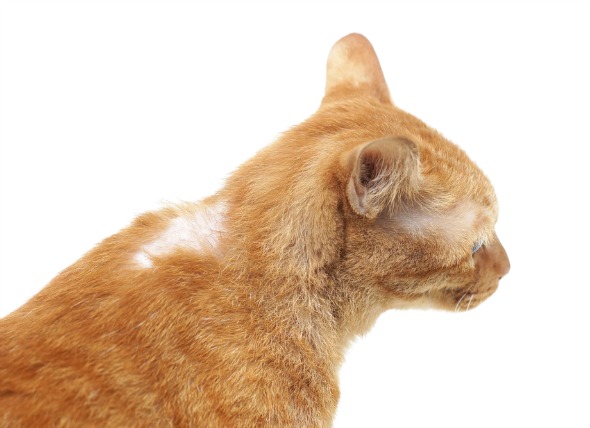 Hair Loss Related to Cancer in Cats
Feline Paraneoplastic Alopecia in Cats
Feline par
Hair Loss Related to Cancer in Cats
Feline Paraneoplastic Alopecia in Cats
Feline par
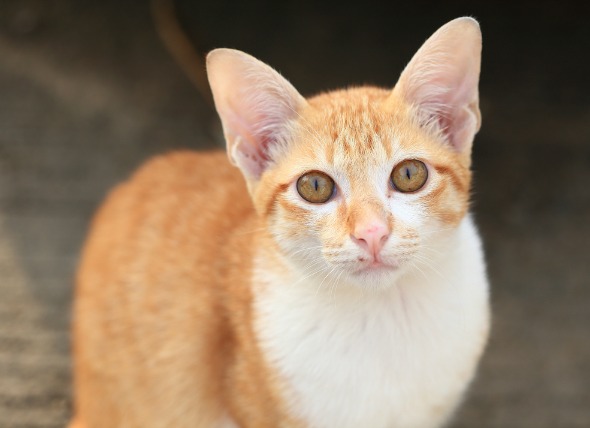 Brain Tumors in Cats
While brain tumors in cats remain fairly uncommon
Brain Tumors in Cats
While brain tumors in cats remain fairly uncommon
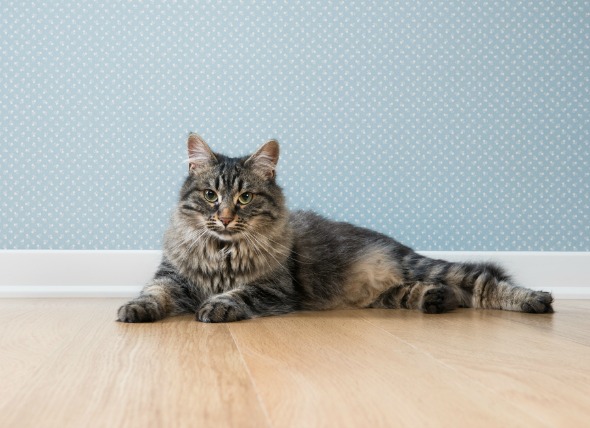 Inflammatory Bowel Disease (IBD) in Cats
Inflammatory Bowel Disease (IBD) is a group of ga
Inflammatory Bowel Disease (IBD) in Cats
Inflammatory Bowel Disease (IBD) is a group of ga
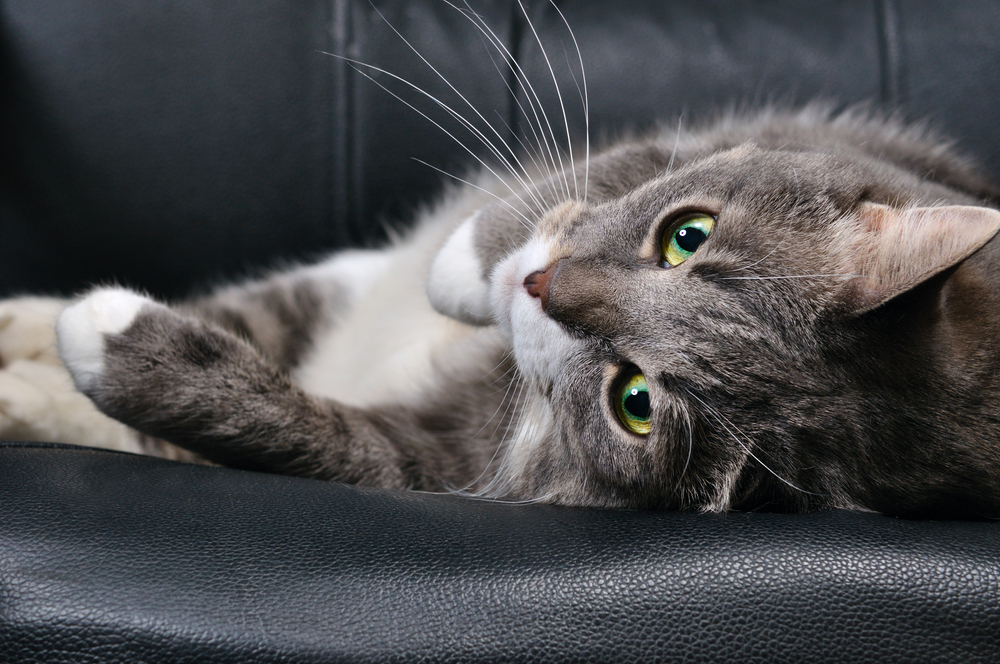 Side Effects of Medications for Anxiety in Cats
Serotonin Syndrome in Cats
Anxiety disorders are
Side Effects of Medications for Anxiety in Cats
Serotonin Syndrome in Cats
Anxiety disorders are
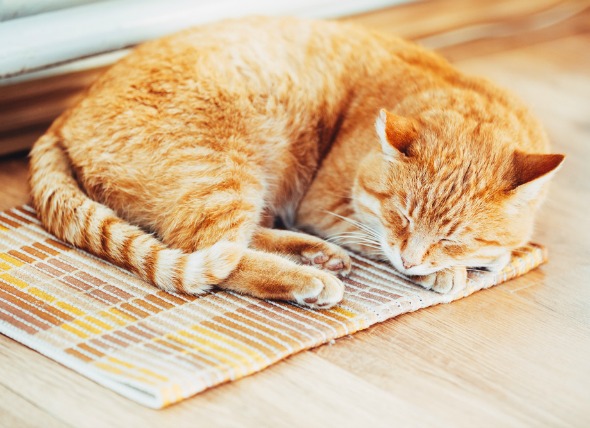 Insufficient Urine Production in Cats
Oliguria and Anuria in Cats
Oliguria is the medic
Insufficient Urine Production in Cats
Oliguria and Anuria in Cats
Oliguria is the medic
Copyright © 2005-2016 Pet Information All Rights Reserved
Contact us: www162date@outlook.com